Let’s Talk About It!
The level of interaction within a team and an organization determines its level of effectiveness. Authentic interaction is the fuel for trust and the absence of trust causes a breakdown within the construct of a team or an organization. Often this breakdown begins as an invisible crack and when not addressed with time decimates the result orientation and results in poor interpersonal relationships.
So, what defines your organizational style when it comes to interaction? The answer to this question for most organizations is meetings and reviews. While the format of meetings and reviews is important in achieving specific objectives; it is more important to understand that it isn’t the only format that makes for effective interaction.
Organizations who do notice the crack attempt to resolve the issue often through micromanagement by way of reviews and meetings. The intent here is to plug gaps in effort and process which perhaps is a manifestation of a larger issue which is hidden under the surface which is of intent. Effective leaders work more on individual intent, they realize that intent has a huge impact on effort and efficiency.
This is where management and people development by meetings and reviews fall short. Meetings and reviews seldom inspire or impact intent of an individual. So, what is the format of interaction that inspires, instructs and impresses intent of an individual? The answer is conversation. Seriously, conversation? Yes, you read that right, it’s conversation.
Conversations are an effective interaction format. It is typically a one-on-one format but could also be group based, either way it is effective.
The reason why conversation as a format moves the needle of intent is because:
- Conversations are a dialogue and not one-way traffic. This provides a powerful opportunity for those involved to be heard and not just spoken down to. This is the singular reason why conversations almost always work.
- Conversations are non-threatening compared to other formats of interaction. This provides a relatively better opportunity for individuals to open up and hence one can recognize and work with the root cause rather than just manifestations.
- Conversations don’t come across as being rushed as compared to meetings. This creates a conducive ambience to interact.
The format of conversation provides space for those involved to be authentic and vulnerable which are the prerequisites for trust.
There are different types of conversation that could be employed depending on varied situations. Let’s look at few of them:
Catch-up Conversation:
Being buried with work is not an excuse to limit interactions to only meetings or reviews. The nature of a catch-up conversation is exactly what the title suggests which is to ‘catch up’. The conversation could be with an agenda or without one. The content of the conversation is to understand how the team member is doing, does the person require support. It is a space that is deliberately created to actively listen and encourage.
Coffee Conversations:
These conversations are essentially casual conversations which aren’t transactional in nature. Taking micro breaks during the day over a cup of coffee or chai as the case may be to converse nothing in particular. These conversations help to build rapport and trust. What’s important though is to not use these coffee conversations as gossip sessions.
Crucial Conversations:
In the recent past, a lot has been written about the criticality of engaging in crucial conversations. Quite frankly, we haven’t been explicitly taught how to engage in a crucial conversations. Hence, we rely on our natural style to either to fight or flee and neither style is effective. Another predominant approach is to procrastinate and hope in vain that the issue that needs to be addressed will somehow miraculously vanish but on the contrary the issue only grows. Crucial conversations assist in resolving issues in time while maintaining relationships and crucially to avoid unwanted assumptions.
Coaching Conversations:
The number one goal of leaders is to create leaders. Leadership creation requires the employment of coaching conversations. The goal of coaching conversations is growth. The role of the coach is to assist the coachee to identify solutions for untapped opportunities or challenges that need to be solved. Coaching conversations are not instructional in nature. Leaders need to be on the look-out for coachable moments and follow up through coaching conversations.
Confidence Conversations:
The objective of confidence conversations is to encourage and inspire. The fact is the pursuit of goals and objectives often run into a rough patch, unexpected obstacles and impossible deadlines. Confidence Conversations are not meant for lectures or issuing dictates but to inspire, encourage and to provide confidence.. It’s remarkable how many turn-around stories have emerged as a consequence of confidence conversations. Identify team members who are in need of a confidence conversation and go ahead and do the needful
Meetings and reviews as a format of interaction have an important place and serve a purpose especially when it comes to managing issues, process and objectives that are transactional in nature. However, all things being equal, the level of individual intent of those who constitute a team or an organization determines the level of results. The conversation interaction format is the most powerful tool to address issues of intent. Creating a culture of conversation and not being overly reliant on meetings and reviews is a fundamental necessity for team and organization effectiveness.
– Rajiv Chelladurai
Rajiv Chelladurai is a certified Executive & Life Coach besides a certified EQi coach & assessor. Stepping away from a successful career he has chosen to pursue his purpose of assisting people and organizations to practice emotionally intelligent leadership. Rajiv is an author and an accomplished speaker.





Recent Comments